When I interviewed at (W)right On Communications, I was asked, “What makes you different from the other candidates applying for this position?” I confidently answered the question because I knew others would see it as a temporary opportunity to get a taste of the PR profession. I, however, had no intention of treating this job as if it was just another internship, but rather, as the start of my career. Maintaining this mentality throughout my internship challenged me with opportunities that seemed intimidating, while I quietly observed and absorbed from this stellar team.
It would be easy for me to list all of the skills WOC has taught me, like drafting a formal press release, researching media contacts, or how the cost of a stamp actually matters when sending snail mail (I’m a millennial, give me a break). However, working here has taught me more than just technical things that I can easily Google on any given day. The best thing about (W)right On is the small team of PR pros that bring genuine passion and commitment to their jobs. The intimate nature of the agency allowed me to learn deeper, more valuable skills that a web search doesn’t have the capacity to. These are a few of the many things that WOC has taught me that I will cherish and carry with me as I grow in the PR industry:
- Be bold and dive in feet first: When we welcomed new Communications Coordinator Danielle Cobb to the team a couple months after my internship began, I was instantly drawn to how confidently she jumped into her new role. Her aura just fit in with the atmosphere of the agency as if she had been with WOC far before I had been. Although Danielle had just moved from the Bay Area, she was confident in her ability to talk about client partners in San Diego. As we got to know each other, she would tell me how she was making new friends using Meetup.com (a website that allows people new to a city to find others in the same situation and meet based on age and common interests). I was so inspired to be around someone who was not afraid to take initiative and be bold doing it. She wanted this job, so she made sure she was giving her all to it. She wanted to make new friends, so she used her resources to make that happen. Moving forward, I will always remember that if I want something, I have to be bold, put myself out there, and just go for it. The world isn’t going to hand things over to me, it is up to me to find the opportunities I want and confidently take them.
- Public Relations is a profession for people who think of others before themselves: One of the first times where I felt like a PR hotshot was when Communications Strategist Chance Shay asked me to collaborate on poster ideas for a client partners’ Halloween event. Although I shared some great ideas, they didn’t necessarily work because it wouldn’t appeal to the intended audience. The ideas I suggested included references that were a bit outdated for the target audience of elementary school students (the revelation of which prompted my mid-life crisis at age 22). Although my seemingly suave suggestions didn’t work, the lesson here was simple: working in Public Relations requires a person who can think of others before themselves. I had to step outside of Philip and put myself in their shoes to achieve success. Even when Chance asked me to search for media opportunities for potential client partners, I was reminded that constantly thinking about others is how you not only succeed, but also exceed, as a PR pro. After all, it’s when you have others’ backs that they’ll have yours.
- Every client has a unique voice; it is your job to make sure that voice is heard: My training as a social media guru commenced at (W)right On. Although some people may think that managing social media is equivalent to chillin’ on Facebook and Twitter all day, it is so much more than that. I was fortunate enough to work very closely with Communication Strategist Erica Schlesinger to manage a variety of different social media accounts. The only thing more fabulous than Erica’s insane shoe collection is her way with words and creative ideas. Training with her has taught me to speak as an ambassador. Social media is a very powerful technology; each client has different objectives and motives for using it. You must also be sensitive to the audience that is reading it. The verbiage used when launching a social media campaign for a medical center’s annual charity gala is going to be much different than one for a cool hotel intended for young bachelors. It is a PR pro’s job to make sure that the client’s voice is heard loud and clear, but in 140 characters or less…
- Find your differentiator: On my very first day at (W)right On, I asked my supervisor Molly Borchers the one piece of advice that she could give me as I started in my career. She said “Find your differentiator,” and those words have stuck with me ever since. I have learned so much at (W)right On because each of the people that I have worked with has something so unique and irreplaceable that makes them stand out in what they do. I know I have a bit more work to do before I find my differentiator and I am okay with that. As you move forward, all the little things you learn along the way will somehow come together and help you paint the bigger picture, and painting a masterpiece takes time.
I started day one of my internship intimidated, nervous, and reserved. However, I kept the “start of my career” mentality and took in as much as I could, allowing each lesson to crack my shell a little bit more. As I round out the last couple weeks I have left in San Diego, I am a much more aware and confident young professional (I have waited SO long to call myself that) ready to take the PR world by storm. Thank you (W)right On Communications, I’ve loved every single moment!
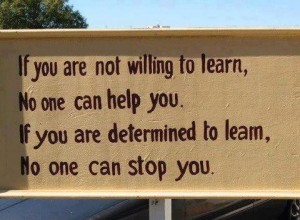

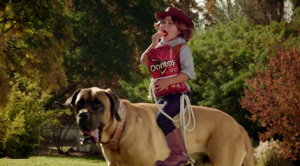


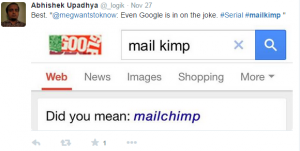
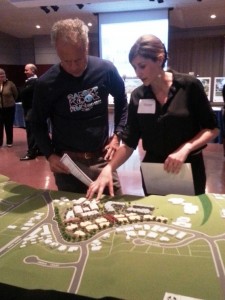
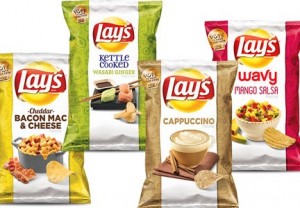
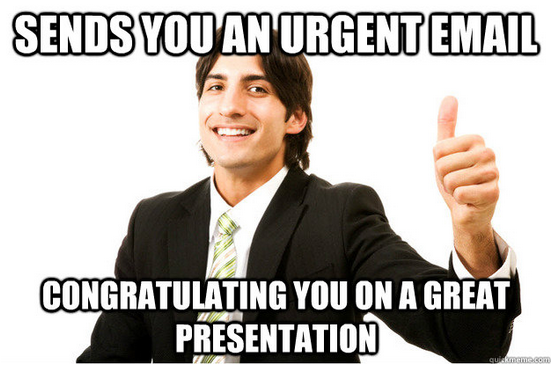







 Grant Wright
Grant Wright





 Corie Fiebiger
Corie Fiebiger
 Shae Geary
Shae Geary Roman Lukjanenko
Roman Lukjanenko Phelan Riessen
Phelan Riessen Katrina Early
Katrina Early Hamish Marshall
Hamish Marshall